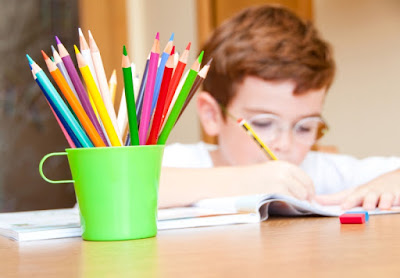GUNNAR Myrdal in his monumental work, the Asian Drama, which is actually an inquiry into the poverty of nations, a kind of an unintended complement to Adam Smiths Inquiry into the Wealth of Nations, cited educational reforms and investment in man, the quality of mens lives, as important variables in the development planning equation for the poor countries of Asia. He was critical about the dearth of meaningful educational statistics in the region, and the misplaced overemphasis on physical investments and the inappropriateness of the capital/output model of the First World, as a measuring gauge of development in the Third World.
A case in point is the data on literacy rate. Quite conveniently, policy-makers and decisionmakers use literacy rate globally as some kind of index for the educational level of a country, although strictly speaking there is a world of difference between the two. For one, to be literate simply pertains to the ability to read, write and do arithmetic. On the other hand, to be educated means much, much more than doing the three Rs; it means, among others, the total development of the person to realize his God-given potentials, to be a useful and responsible citizen of the world.
Per se, high literacy rate does not, ipso facto, translate to high economic performance. We can only grant, theoretically, that it should mean a highly "teachable" labor force that could support economic growth. Stark ironies however, are borne out by a preponderance of world data readily available from the Internet. The Philippines is the most literate in South East Asia region, with 95.9 percent literacy ratings; but it is also one of the poorest countries in the region, when theoreticaly, high literacy should translate to better economic performance. Laos and Cambodia, are behaving true to form, they registered the lowest literacy ratings with 52.8 percent and 69.9 percent, respectively; their economic indices are also dismal. We do not have data for East Timor, a relatively new Republic included in the SEA region. Indonesia has the highest population in the SEA region, and the fourth biggest in the world; it is almost three times the population of the Philippines. Indonesias literacy rating is relatively high at 88.5 percent, but its economic performance is in the same league as ours, read as poor. Brunei has the smallest population, with the third highest population growth rate and fourth highest literacy rate; but its an oil-rich country, which explains its high per capita GDP.
Among the 11 countries of the SEA region, three are in the top 15 highest population of the world (Indonesia, 4th; Philippines, 13th; and Vietnam, 14th). The Philippines is the only predominantly Roman Catholic country in the SEA region, all the others are predominantly Buddhists. However, the two richest countries in the SEA region, Japan and Brunei, are neither Catholic nor Buddhist; Japan is predominantly Shintoist, while Brunei is predominantly Islamic.















